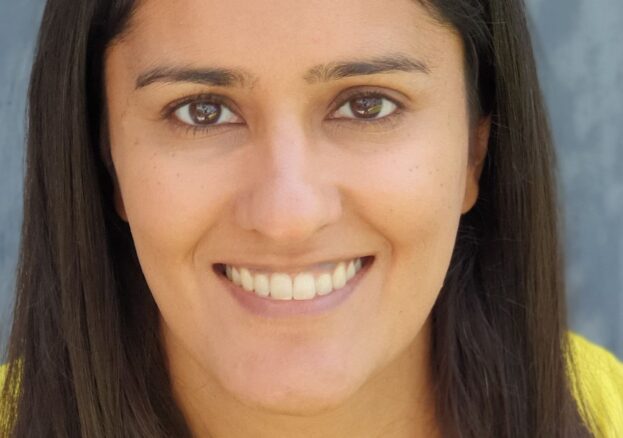
In the 1970s, Black and Brown women both faced oppression at the intersections of their race and gender which they had no outlet for in mixed-sex groups. Black women set up their own organisations after the male-dominated groups like those in the Black Power movement failed to acknowledge their struggles, and Brown women formed their own groups as the Asian Youth Movements were essentially closed off to women. The white Women’s Liberation Movement was no place for either group; there were only two Black women out of 600 attendees at the first WLM conference in 1970.
Black and Brown women worked together and supported each other on many major issues in the 1970s and 1980s. One of these was the practice of virginity testing. While wives needed a visa from their home country to enter the UK, fiancés could apply for a visa on arrival. This led to the horrific practice of invasive vaginal exams on, mostly Brown, women who were looking to enter the country as fiancés. Black and Brown women worked together to protest the practice. Awaz, a group formed of Brown women including the formidable Amrit Wilson, organised a demonstration outside Heathrow Airport and members of umbrella group OWAAD were among the two hundred demonstrators (as were Southall Black Sisters, who still exist today). Awaz and the Brixton Black Women’s Group also organised a march through London against the testing. Other examples of solidarity include labour disputes; Gail Lewis from the Brixton Black Women’s Group was on the picket line at the epic strike at the Grunwick factory to support her Brown sisters, and the issue of reproductive justice, when the contraceptive injection Depo-Provera was disproportionately administered to Black and Brown women, often without their informed consent. All the similarities in their history and daily lives through a shared experience of oppression superseded all the differences that also existed.
This solidarity is particularly striking as we cannot say the same of today. Black and Brown women often work in silos, with the exception of many domestic violence organisations. This is not limited to Black and Brown women however, there are divisions also within communities, often based on religion or nationality. This process was catalysed in the 1980s. After the uprisings of 1981, Margaret Thatcher’s government dampened the radical spirits of the previous decades by absorbing people into state infrastructure. One of the ways this was done was via more access to funding. Whether or not to accept state funds had always been a sticking point within organisations due to the neutralising effect it tended to have on radical activities, and from 1981 it also had the consequence of carving up the wide-encompassing groups that had formed and made them compete for scarce resources by demonstrating how distinct their culture and needs were. The shadow Labour government was also suddenly keen to have Black and Brown people join their party; ‘Black Sections’ were created in the Labour Party and the first four Black and Brown MPs in the modern era were elected in 1987. The combination of these types of actions has been called ‘antiracism from above’.1
This is not to say that there was no fragmentation before these government actions; one of the reasons that OWAAD ran out of steam was its inability to discuss topics like sexuality and interracial relationships. But even with their flaws, we must look to the women’s groups of fifty years ago as examples to strive towards. OWAAD was originally called the Organisation of Women of Africa and African Descent but it soon changed its name to the Organisation of Women of Asian and African Descent. A statement accompanying the change states that: ‘Although the specific circumstances may differ, the causes and effects of our arrival in this country are strikingly similar . . . if OWAAD was to be an effective fighting organisation, which takes up the issues affecting black women in a meaningful way, then unity between ALL black women is of the utmost importance.’2 This was the era when ‘Black’ was also a political term and encompassed both Black and Brown people in recognition of a shared oppression.
Saluting our sisters means honouring what they have done before us and accepting what they have to teach us. If we can once again recognise our shared struggle amongst the different life experiences we have, nationally as well as globally, and unite in our resistance, then we have a greater chance of changing things for the better for all oppressed people.
Preeti Dhillon is a researcher, writer and historian, with a BA History and Politics from the University of Oxford, and a master’s in Public Policy and International Development. She is passionate about capturing hidden stories from oppressed and marginalised communities. Preeti was an Independent Research Fellow with the Women’s History Network 2021-2022 and has written for think-tanks, NGOs, Shout Out UK and The Rights Collective, and was longlisted for Penguin WriteNow in 2020. Her debut book The Shoulders We Stand On: How Black and Brown people fought for change in the UK is published by Dialogue Books and tells the stories of ten movements, campaigns and organisations that fought against racism and capitalism from the 1960s to the 1980s in the UK, including the Grunwick Strike and OWAAD.
